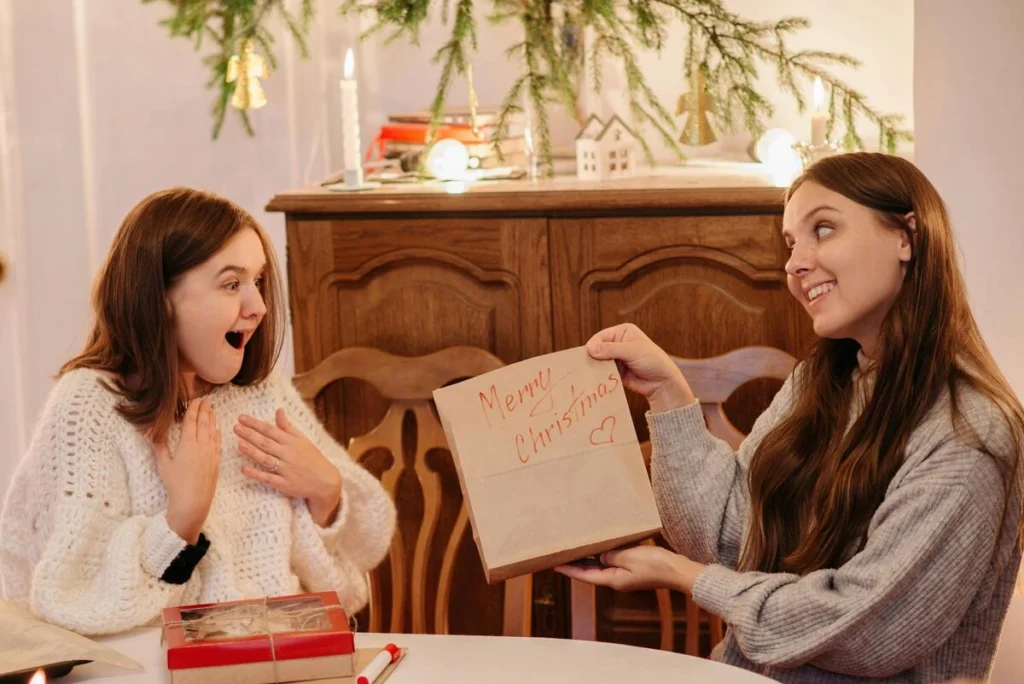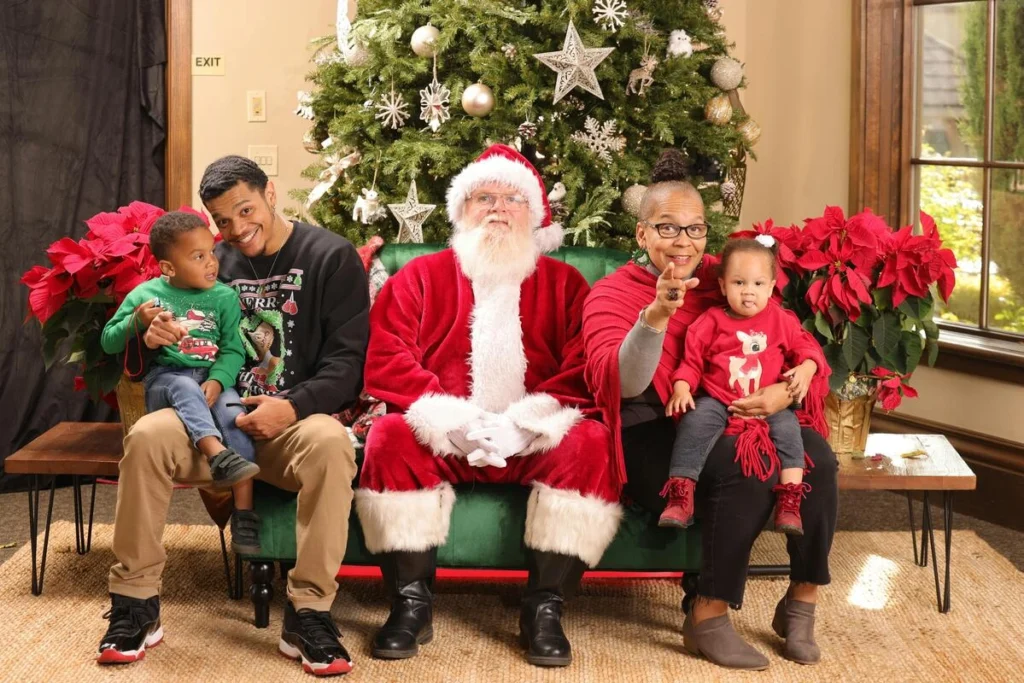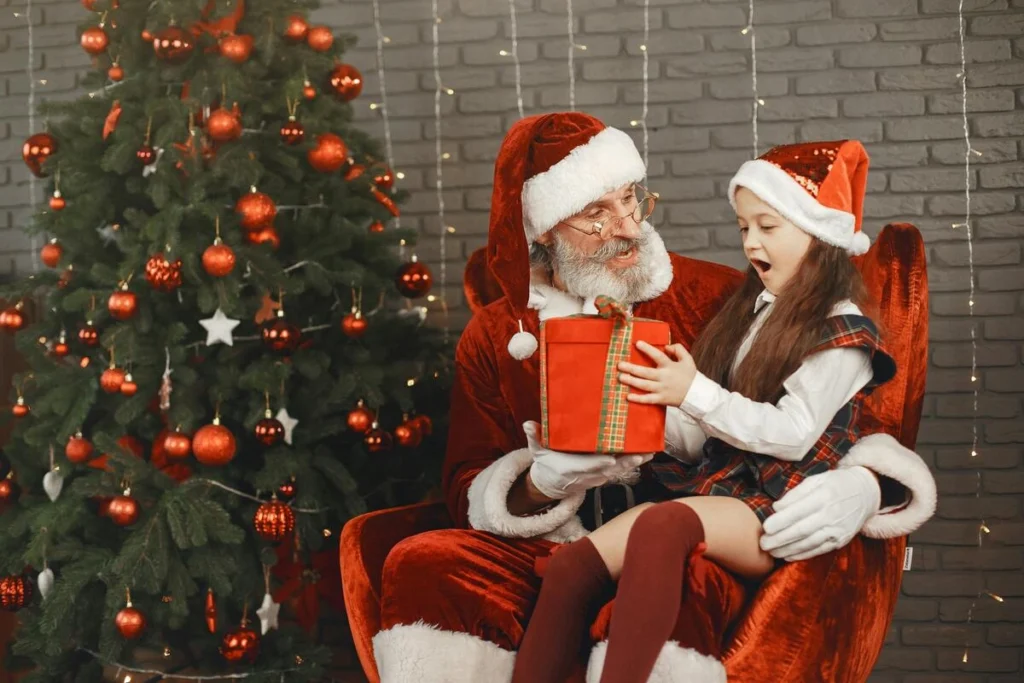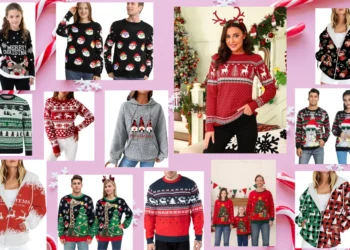Christmas celebrated on December 25th, as it is called, is one of the most popular and celebrated holidays in the world. It marks the birth of Jesus Christ, the star of Christianity, but over the centuries it has become a cross-religious, cross-cultural, secular festival worldwide. Gift exchange, Christmas tree decorating, eating, and spending time with relatives all make Christmas a cherished holiday. Among these, the figure of Santa Claus is one of the symbols of Christmas.
Table of Contents
Origins and Religious Significance of Christmas
- Biblical Roots:
- Christmas is the birth celebration of Jesus Christ according to Matthew and Luke’s New Testament.
- The story narrated how Jesus had been born in Bethlehem to Mary and Joseph following a prophecy of a rescuer and saviour.
- Adoption of the Date:
- Jesus’s actual birth date is not given in the Bible. This date, 25 December, is aligned with the Roman festival of Saturnalia, a winter solstice. This made it possible for early Christians to combine their religious life with popular pagan practices.
- Modern Religious Observances:
- Christians celebrate Christmas with liturgical events like the midnight Mass, carolling and nativity plays. These rituals evoke the religious content of the holiday.
Cultural Evolution of Christmas
- Medieval and Renaissance Christmas:
- In the Middle Ages, Christmas meant eating, singing and social celebration.
- It gave rise to traditions such as the Yule log (norse) and carolling.
- Victorian Revival:
- Christmas became a more family-centric holiday in the 19th century. Queen Victoria and Prince Albert popularised the Christmas tree, an original German tradition.
- Authors such as Charles Dickens also influenced the spirit of the holidays, introducing us to “A Christmas Carol” which promoted generosity and kindness.
Santa Claus: The Icon of Christmas
Santa Claus is a long-standing tradition, woven into different traditions to create the person we now see.
Historical Roots of Santa Claus
- St. Nicholas:
- Santa Claus is the creation of St Nicholas of Myra, a 4th-century bishop who was known for his generosity, kindness and gift-giving.
- Some say Nicholas secretly provided dowries to orphaned girls by putting gold coins into their stockings.
- Sinterklaas:
- In Holland, the Sinterklaas celebration (6 December) aided the development of Santa. Sinterklaas was depicted as a stern, bearded man who brought gifts to children.
- Father Christmas:
- Father Christmas, an English figure who represented celebration and joy at Christmas, inspired Santa’s gift-giving character.
- The American Santa:
- The modern version of Santa Claus was promoted in the United States:
- The Santa’s sleigh, reindeer and chimney-carrying were introduced in the poem ‘A Visit from St Nicholas’ (1823) by Clement Clarke Moore.
- Thomas Nast, a 19th-century cartoonist, defined Santa as a tall bearded figure in a fur-lined red suit.
- The modern version of Santa Claus was promoted in the United States:
The Evolution of Santa Claus
- Santa’s Appearance:
- Early 20th-century artist Haddon Sundblom illustrated Santa Clauses for Coca-Cola advertisements. Such photos helped spread the name of Santa’s cheery, fat man in a red suit.
- Global Santa Variations:
- All over the world, Santa arrives in multiple versions:
- In Italy, La Befana is an unpretentious witch who comes and gives presents on Epiphany.
- Jultomten, the Nordic version of a gnome, serves the same role.
- In Russia, Ded Moroz (“Grandfather Frost”) delivers gifts on New Year’s Eve.
- All over the world, Santa arrives in multiple versions:
Traditions Associated with Christmas and Santa Claus
- Gift-Giving:
- The best-loved Christmas tradition is giving gifts, just like the Three Wise Men giving presents to baby Jesus.
- Santa Claus, the ultimate gift-giver, further reinforces this tradition, surprising children with gifts on the horizon.
- Christmas Stockings:
- The practice of stockings is rooted in the story of St Nicholas putting gold coins in three sisters’ stockings.
- Letters to Santa:
- Children write letters to Santa, stating their wishes and good manners. Some postal institutions even have programs that answer these letters.
- Santa’s Workshop:
- Popularised in 19th- and 20th-century fairytales, Santa appears to reside at the North Pole where he leads a workshop of elves who create toys for children.
- Santa’s Sleigh and Reindeer:
- Santa’s sleigh, driven by flying reindeer, can deliver presents around the world overnight.
- Singing and narrative brought the reindeer, such as Rudolph, to public consciousness.
Modern Christmas Celebrations
- Christmas Trees:
- Christmas Tree Decoration is a traditional and cherished ritual that is a sign of birth and regeneration. They are decorated with ornaments, lights and stars.
- Holiday Feasts:
- The traditional Christmas dinners vary widely but typically involve rich food, treats, and cakes such as cookies, puddings and fruitcakes.
- Caroling and Music:
- Christmas carols are an enjoyable community-building activity. Songs such as “Silent Night” and “Jingle Bells” are timeless and so popular.
- Charity and Generosity:
- Gift-giving is common around Christmas time, motivated by the generosity of St Nicholas and the spirit of Christmas,
- Santa in Media:
- Santa Claus remains portrayed in films, books and songs (like “The Polar Express” or “Santa Claus Is Coming to Town”).
Symbolism of Santa Claus
Santa Claus is more than a fictional figure; he is the main interest in Christmas:
- Generosity:
- Santa’s gift-giving reflects the joy of sharing and caring for others, especially for children.
- Imagination and Wonder:
- Belief in Santa helps children develop imagination and wonder.
- Unity:
- Santa Claus is a universal symbol that transcends national and cultural boundaries to connect everyone with one shared enthusiasm for Christmas.
Criticism and Debate
- Commercialization:
- Some people say that Santa and the materialism of Christmas minimize the religious and spiritual meaning of Christmas.
- Attempts to keep the holiday on a material and spiritual level continue.
- Truth About Santa:
- As a parent, we often find ourselves struggling with the question of when and how to reveal the truth of Santa to our children. But some of us consider it part of the ageing process, of keeping children’s wonder alive.
Christmas and Santa Claus are closely related, mixing religious with cultural values. While Christmas is about the birth of Jesus Christ and values such as love, hope, and peace, Santa Claus adds enchantment to the celebration through his magical gift-giving tradition. Together, they make a holiday that appeals to all age and background groups and fosters giving, solidarity and feasting around the world.













